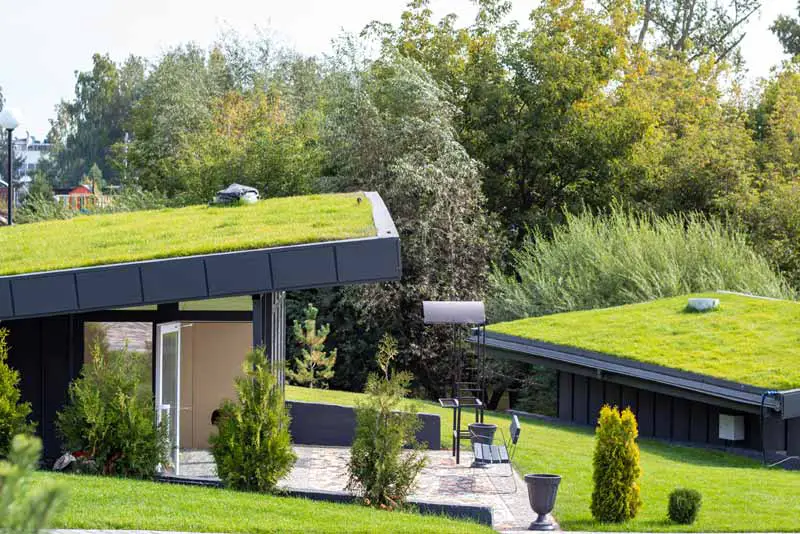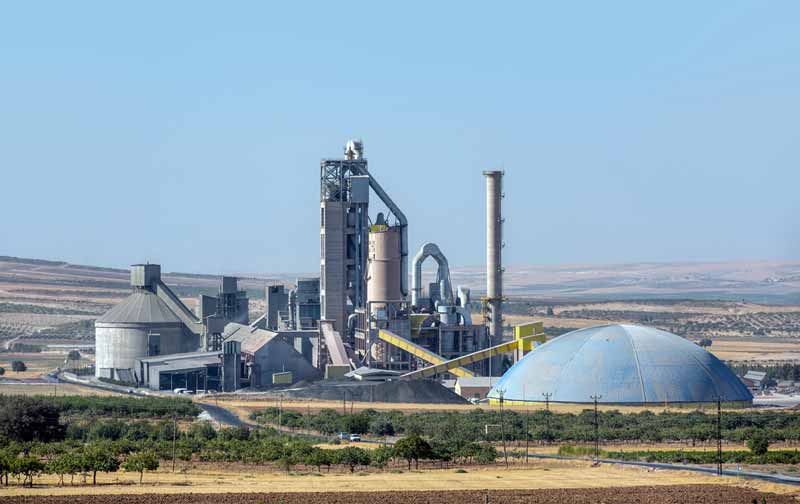
Lime-based building materials have been used for thousands of years. From around the 1930s, however, they were replaced by conventional cement and gypsum mortars and plasters. With the climate change issue being forefront of many people’s minds, the following question is often asked. Are lime plasters and mortars sustainable?
Lime plasters and mortars are a far more sustainable building solution than cement. Old lime plasters can be recycled and used to make new lime plasters and mortars. Lime mortars, plasters and renders absorb carbon dioxide out of the air over their lifecycle; for this reason, they are often seen as carbon neutral. In addition, the production of lime doesn’t create harmful chemicals that end up in landfills like cement.
How Sustainable Are Lime Plasters, Mortars and Renders?
People often disagree on an absolute definition of sustainability. However, a common definition is as follows; Sustainability is the balance of providing enough desirable materials for current generations without compromising the needs of future generations. Whilst maintaining a balance between economic growth, social well-being and environmental impact.
So in relation to lime building materials, is there enough for today’s building without ruining the supply for future building? And is lime produced with a high or low environmental impact? Let’s dive deeper into the environmentally friendly characteristics of lime plasters, mortars and renders.
Lime Doesn’t Use As Much Energy To Produce As Cement
To make lime and cement mortars and plasters, you have to kiln burn the various ingredients. For the production of lime and hydraulic limes, various calcium carbonate-containing rocks, such as limestone, are burnt at around 900°C. This forms calcium oxide, the raw material for making lime plasters, mortars and renders.
Cement, on the other hand, uses a lot more energy to manufacture. Although similar raw materials, such as limestone are used, they are burnt at much higher temperatures, around 1300°C. In addition to limestone, clay is needed to make cement. Other cement additives are iron ore, fly ash, shale, slate, blast furnace slag and silica sand.
So whilst lime does require a substantial amount of energy to produce, it is far less than the energy used to make cement. It also requires fewer additives and ingredients, leading to less environmental impact caused by industrial mining activities.

Lime Plasters And Mortars Absorb Carbon Dioxide Over Time
Lime cures by absorbing carbon dioxide. This process is called carbonation, and it’s how putty-based (made via slaking quicklime) plasters and mortars gain strength over time. Fun fact, carbonation turns the lime back into stone!
Many people refer to putty-based plasters and mortars as carbon neutral. This is because they absorb roughly the same amount of carbon as they give off in the kiln.
Hydraulic limes set mainly via hydrolysis, a reaction with water. Hydraulic limes have a secondary set via carbonation, although they will absorb much less CO2 than putty limes. In addition, the stronger the hydraulic lime, the less carbonation (CO2 absorption) will occur.
The ability of limes to absorb a significant amount of the emissions they give off when manufactured is a big advantage over cement. Fewer emissions greatly reduce the environmental impact of building with lime-based mortars and plasters, helping increase their sustainability.
Old Lime Building Materials Can Be Recycled
A characteristic contributing to a building material’s sustainability is whether it can be recycled. Over time, very old lime mortars and plasters break down. This can take hundreds or even thousands of years in some cases. But like all other building materials, they will eventually break down and fail.
Because lime is a relatively soft building material (compared to cement), it tends to crumble into a dusty aggregate when old. Old and crumbly lime can be easily raked out of joints and removed from bricks and stone without damaging the masonry.
Once collected, the old mortars or plasters can be sieved to remove any large bits and mixed with fresh lime putty or hydraulic lime. This process effectively uses the old plasters and mortars as an aggregate to make new ones. In most cases, it’s advised to add fresh sharp washed sand in addition to the recycled material to ensure the mortar or plaster is well-graded and will not fail.
Lime Is Naturally Free From Chemicals And Toxins
Lime is an all-natural building material. It’s manufactured from rocks containing calcium carbonates, such as limestone and chalk. No toxic additives or chemicals are used to manufacture quicklime, lime putty or hydraulic lime. Therefore, the manufacture of these limes doesn’t create any toxic byproducts.
In contrast, cement manufacture is one of the largest industrial pollution producers—harmful amounts of sulfur dioxide, carbon dioxide, carbon monoxide and nitrogen oxides are produced by cement plants worldwide.
In addition, cement often ends up filling landfill sites. Although it can be crushed down and used to make infrastructure such as roads, this doesn’t always happen. According to the EPA, construction and demolition projects produced around 145 million tonnes of waste in 2018 that ended up in landfills in the USA. A high proportion of this was cement and asphalt products.
In contrast, lime building materials are biodegradable. Lime is regularly used in farming to help neutralise acidic soil, helping to improve the overall soil quality. Because they are free from toxins, chemicals and harmful additives, limes are far more sustainable than cement and other alternatives.
Lime Plasters And Mortars Are Suitable To Use When Building Sustainable Eco-Homes
Because lime mortars and plaster are soft, breathable and flexible, they are perfectly suited for building eco-houses. Eco-houses are generally built with natural, sustainable materials such as straw, mud and timber.
Because eco-houses are built with natural products, they tend to move and flex with the weather and seasons. For this reason, it’s important the plasters and mortars used can accommodate this slight movement without failing. Lime building materials are perfectly suited for this purpose.
Related article: What are the Differences Between Lime and Cement?
Cement isn’t usually used on eco-homes as they are normally built to have the least environmental impact possible. Even if cement was used, it is hard and brittle and would not be well suited to the natural flexing of the building. This would likely lead to cracking, water ingress and, eventually, failure.

